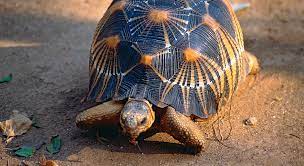Las Vegas, widely renowned for its vibrant entertainment, dazzling lights, and bustling casinos, might not be the first place that comes to mind when thinking about wildlife. However, beyond the glitz and glamour of the Strip lies a surprising and diverse ecosystem inhabited by a fascinating range of Las Vegas animals. From the iconic desert tortoise, perfectly adapted to the harsh desert environment, to the elusive kit foxes and resilient bighorn sheep, Las Vegas and its surrounding areas host an array of remarkable wildlife species.
Table of Contents
The Mojave Desert, with its unique combination of arid landscapes and hidden oases, provides a habitat for these creatures to thrive. This article delves into the lesser-known aspect of Las Vegas, shedding light on the incredible animals that have not only managed to survive but also adapt to the city’s ever-expanding urbanization. Join us on a virtual journey through the unexpected natural wonders that coexist alongside the city’s famous attractions.
List of Las Vegas Animals:
Desert Bighorn Sheep
Kit Foxes
Gambel’s Quail
Desert Tortoises
Red-tailed Hawks
Black Widow Spiders
Chuckwallas
Mojave Rattlesnakes
Introduction to Las Vegas Animals Wildlife:
Nestled within the vibrant lights and bustling energy of Las Vegas lies a lesser-known world of wildlife that thrives against the odds. While the city is celebrated for its entertainment, the surrounding ecosystem harbors a remarkable diversity of animals adapted to the desert landscape. From elusive kit foxes to majestic desert bighorn sheep, the wildlife in Las Vegas encompasses an array of species that have ingeniously adapted to their arid habitat. This article delves into the enchanting world of Las Vegas wildlife, shedding light on the unique creatures that call this desert oasis home.
Overview of the Las Vegas Animals Ecosystem:
The Las Vegas ecosystem, part of the Mojave Desert, boasts a distinctive blend of harsh desert terrain and unexpected pockets of life. The searing heat and aridity have shaped the behavior and physical characteristics of the species that inhabit the region. This delicate balance between survival and adaptation is a testament to the resilience of desert life.
Urban Wildlife and Natural Habitats:
As the city expands, the interaction between urban development and native wildlife has become increasingly relevant. Amid the skyscrapers and neighborhoods, a surprising number of animals have found ways to coexist with human inhabitants. From the cooing Gambel’s quail to the striking red-tailed hawks soaring overhead, the adaptability of these creatures to city life is both astonishing and inspiring.
Desert Bighorn Sheep:
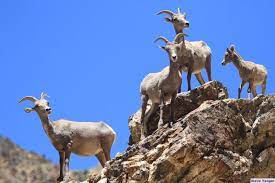
Among the most iconic inhabitants of the Las Vegas wilderness is the desert bighorn sheep, a symbol of strength and endurance in the harsh desert environment. These majestic creatures navigate the rocky terrain with grace, showcasing their impressive horns and distinctive behavior patterns.
Kit Foxes:

The kit foxes, with their distinctive large ears and slender frames, are a testament to nature’s ingenuity. These agile predators have managed to carve out a niche in the desert landscape, adapting their hunting and social behaviors to thrive in a challenging environment.
Gambel’s Quail:

The bustling neighborhoods of Las Vegas are serenaded by the melodic calls of Gambel’s quail. These plump, ground-dwelling birds have found ways to survive amidst urbanization, utilizing gardens and green spaces as part of their habitat.
Desert Tortoises:
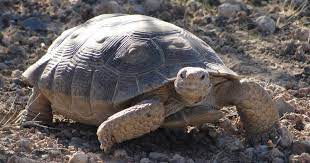
Perhaps one of the most well-known desert inhabitants is the desert tortoise, a species that has become an emblem of survival in the arid Mojave. These slow-moving reptiles have evolved fascinating adaptations to endure extreme temperatures and scarce water resources.
Red-tailed Hawks:

With keen eyesight and impressive hunting skills, the red-tailed hawks have become both a symbol of natural beauty and an indicator of a balanced ecosystem. These raptors play a vital role in controlling rodent populations, contributing to the overall health of the ecosystem.
Black Widow Spiders:
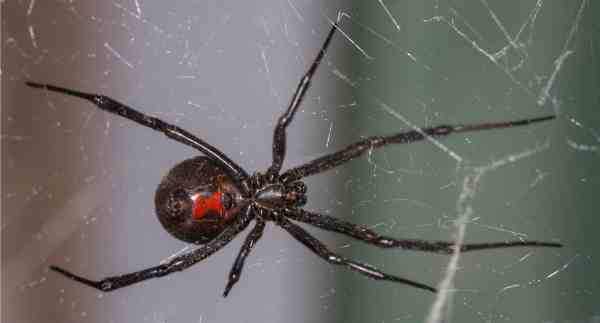
Even the seemingly inhospitable desert is home to creatures like the black widow spider. While their venomous reputation precedes them, these arachnids play an important role in controlling insect populations, offering a unique perspective on the intricacies of the desert food web.
Chuckwallas:

The chuckwallas, with their stocky bodies and affinity for rocky crevices, are well-adapted to the desert’s extremes. These herbivorous lizards showcase a cryptic lifestyle that involves basking in the sun to regulate their body temperature.
Mojave Rattlesnakes:
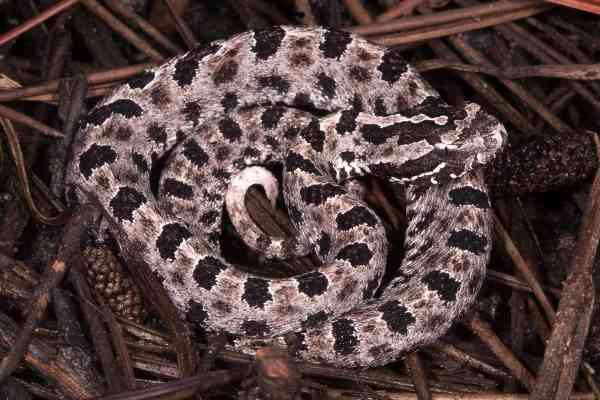
The Mojave rattlesnakes, with their characteristic rattles and potent venom, epitomize the intricate balance between predator and prey in the desert ecosystem. Their presence underscores the importance of understanding and respecting the role of these apex predators.
Challenges and Benefits of Las Vegas Animals in Urban Areas:
The rapid expansion of urban areas poses both challenges and unexpected benefits for wildlife. Encroachment on natural habitats can lead to habitat loss, increased human-wildlife conflicts, and disrupted migration routes. Additionally, pollution and artificial lights can negatively impact animal behavior and health. However, amidst these challenges, there are surprising advantages.
Urban environments provide new food sources and shelters for adaptable species, leading to increased biodiversity. Some animals, like certain bird species, thrive in cities due to the abundance of food scraps and nesting opportunities. The complex interplay of challenges and benefits necessitates a balanced approach to urban wildlife management.
Coexistence Strategies and Responsible Behavior:
Harmonious coexistence between urban inhabitants and wildlife requires proactive strategies and responsible behavior. Designing green spaces, and wildlife corridors, and preserving natural patches within urban landscapes can provide refuge for animals. Residents must also play a crucial role by refraining from feeding wildlife, securing trash, and avoiding actions that could lead to conflicts.
Educating communities about the importance of maintaining a safe distance from wild animals is essential for both human and animal well-being. By adopting a compassionate and informed approach, urbanites can share their surroundings with wildlife in ways that ensure mutual respect and safety.
Importance of Preserving Natural Habitats:
The preservation of natural habitats stands as a fundamental pillar in the conservation of wildlife and the overall health of ecosystems. These habitats provide food, shelter, breeding grounds, and migration corridors crucial for the survival of countless species.
Beyond their intrinsic value, intact natural habitats offer essential ecosystem services like water purification, carbon sequestration, and flood control. As urbanization accelerates, it becomes imperative to designate and protect green spaces, parks, and wilderness areas. Recognizing the delicate balance between development and nature underscores the need for proactive conservation efforts that safeguard the Earth’s biological diversity and maintain ecological stability.
Conclusion:
In the intricate tapestry of urban life, the presence of wildlife weaves a thread of connection to the natural world. As cities expand, the challenges posed by this interaction underscore the urgency of implementing strategies that harmonize urban development and wildlife preservation. Responsible behaviors and coexistence measures can bridge the gap between human needs and the well-being of native species.
Ultimately, the preservation of natural habitats remains a cornerstone of safeguarding biodiversity and maintaining the delicate equilibrium of our planet’s ecosystems. Through mindful urban planning, informed decision-making, and collective responsibility, we can ensure that the symphony of urban and wild lives continues to resonate for generations to come.
Reference:
- https://www.southwestjournal.com/wildlife-las-vegas/
- https://www.ktnv.com/positivelylv/dining-and-entertainment/where-you-can-see-animals-in-las-vegas-area
- https://www.ndow.org/learn-discover/wildlife-discovery/living-with-wildlife/

Jeevan Kodiyan
An animal enthusiast with an interest in zoology, studying the behavior and activities of animals in the wild habitat. I work on research projects related to species conservation and endangered species protection. I also leverage zoology to become an educator, educating others about the importance of protecting our natural environment and the beauty of animals in their natural habitats.

